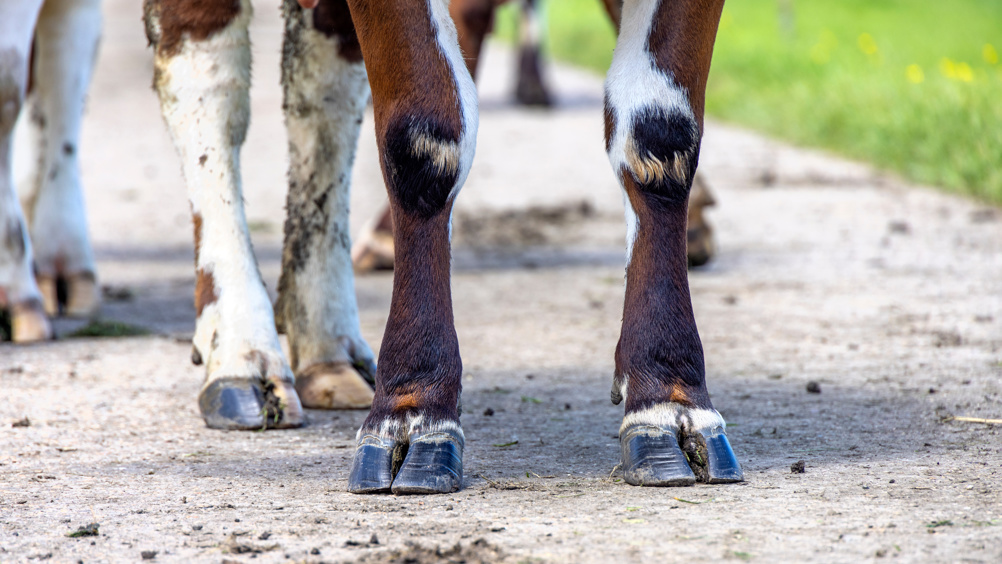Cattle Review: March–April 2020

Abstract
Introduction:
In this Cattle Review we consider three open access papers on the association between antimicrobial class selection for treatment and retreatment of bovine respiratory disease and the development of antimicrobial resistance, between- and within-species transmission of bovine tuberculosis, and digital dermatitis in grazing dairy herds.
Although 90% of BRD relapses are reported to receive retreatment with a different class of antimicrobial in the USA, studies examining the impact of antimicrobial selection (i.e. bactericidal or bacteriostatic) on retreatment outcomes and the emergence of AMR are deficient in the literature. A survey was conducted by Coetzee et al (2019) (PLOS ONE doi.org/10.1371/journal.pone.0219104) to determine the association between antimicrobial class selection for treatment and retreatment of BRD relapses on antimicrobial susceptibility of Mannheimia haemolytica, Pasteurella multocida, and Histophilus somni. Pathogens were isolated from samples submitted to the Iowa State University Veterinary Diagnostic Laboratory from January 2013 to December 2015. A total of 781 isolates with corresponding animal case histories, including treatment protocols, were included in the analysis. Original susceptibility testing of these isolates for ceftiofur, danofloxacin, enrofloxacin, florfenicol, oxytetracycline, spectinomycin, tilmicosin, and tulathromycin was performed using Clinical and Laboratory Standards Institute guidelines. Data were analysed using a Bayesian approach to evaluate whether retreatment with antimicrobials of different mechanistic classes (bactericidal or bacteriostatic) increased the probability of resistant BRD pathogen isolation in calves. The posterior distribution calculated suggests that an increased number of treatments is associated with a greater probability of isolates resistant to at least one antimicrobial. Furthermore, the frequency of resistant BRD bacterial isolates was greater with retreatment using antimicrobials of different mechanistic classes than retreatment with the same class. Specifically, treatment protocols using a bacteriostatic medication first followed by retreatment with a bactericidal medication were associated with a higher frequency of resistant BRD pathogen isolation. In particular, first treatment with tulathromycin (bacteriostatic) followed by ceftiofur (bactericidal) was associated with the highest probability of resistant M. haemolytica among all antimicrobial combinations. While one would hope ceftiofur was not now being used in this way in the UK, these observations suggest that consideration should be given to antimicrobial pharmacodynamics when selecting drugs for retreatment of BRD.
Register now to continue reading
Thank you for visiting UK-VET Companion Animal and reading some of our peer-reviewed content for veterinary professionals. To continue reading this article, please register today.

